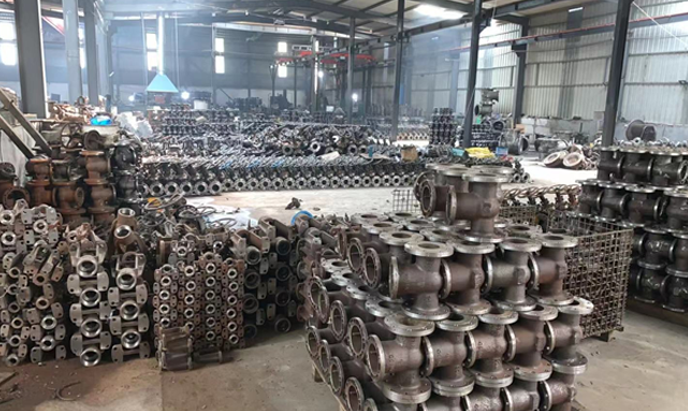pressure release valve
Understanding Pressure Release Valves Essential Safety Devices
Pressure release valves (PRVs) are vital components in various industrial applications, serving as crucial safety devices designed to prevent overpressure situations that could lead to catastrophic failures. These valves are engineered to automatically release excess pressure from systems, thereby maintaining a safe operating environment.
At their core, pressure release valves function as safety mechanisms that activate when the pressure within a system exceeds a predetermined limit. They are commonly found in applications involving steam, gas, and liquids, such as boilers, pipelines, and chemical processing equipment. The primary goal of a PRV is to protect equipment, prevent explosions, and ensure the safety of personnel.
One of the key aspects of pressure release valves is their design. PRVs typically feature a spring-loaded mechanism that keeps the valve closed during normal operating conditions. When the pressure reaches a specified set point, the force exerted by the fluid or gas overcomes the spring tension, causing the valve to open. This action allows the excess pressure to escape, bringing the system back to a safe level. Once the pressure drops below the set point, the spring mechanism closes the valve automatically.
pressure release valve

There are various types of pressure release valves, each tailored to specific applications
. Common types include PSV (Pressure Safety Valve), PRV (Pressure Relief Valve), and safety valves, each differing in their operational principles and mechanisms. For instance, a PSV is designed to protect systems from overpressure by discharging large volumes of gas or vapor, while a PRV may be more suited for liquid systems, providing controlled relief.The selection of the appropriate pressure release valve is critical for ensuring safety and compliance with industry regulations. Factors such as the type of fluid, temperature, pressure range, and the potential for hazardous conditions must be carefully evaluated. Additionally, proper installation and regular maintenance are essential to ensure that PRVs function correctly and reliably.
In many industries, including oil and gas, pharmaceuticals, and food processing, the consequences of failing to manage pressure can be devastating. Thus, adherence to relevant standards and guidelines, such as those set by the American Society of Mechanical Engineers (ASME) and the National Fire Protection Association (NFPA), is paramount. Regular inspections and testing of pressure release valves are also crucial practices that help maintain system integrity and safety.
In conclusion, pressure release valves are indispensable safety tools in various industrial processes. By effectively managing excess pressure, they protect both equipment and personnel from potential hazards associated with overpressure situations. Understanding their function, types, and importance is essential for anyone involved in industrial operations, ensuring not only compliance with safety regulations but also the integrity and longevity of the equipment they oversee. As industries continue to innovate and evolve, the role of pressure release valves will remain a cornerstone of safety engineering.
-
The Key to Fluid Control: Exploring the Advantages of Ball Valves in Industrial SystemsNewsJul.09,2025
-
The Versatile World of 1, 2, and 3 Piece Ball ValvesNewsJul.09,2025
-
Stainless Steel Ball Valves: The Ideal Choice for Efficient Flow ControlNewsJul.09,2025
-
Optimizing Fluid Control with Ball Float ValvesNewsJul.09,2025
-
Manual Gate Valves: Essential for Control and EfficiencyNewsJul.09,2025
-
Everything You Need to Know About Butterfly ValvesNewsJul.09,2025
-
The Versatility of Wafer Type Butterfly ValvesNewsJul.08,2025




